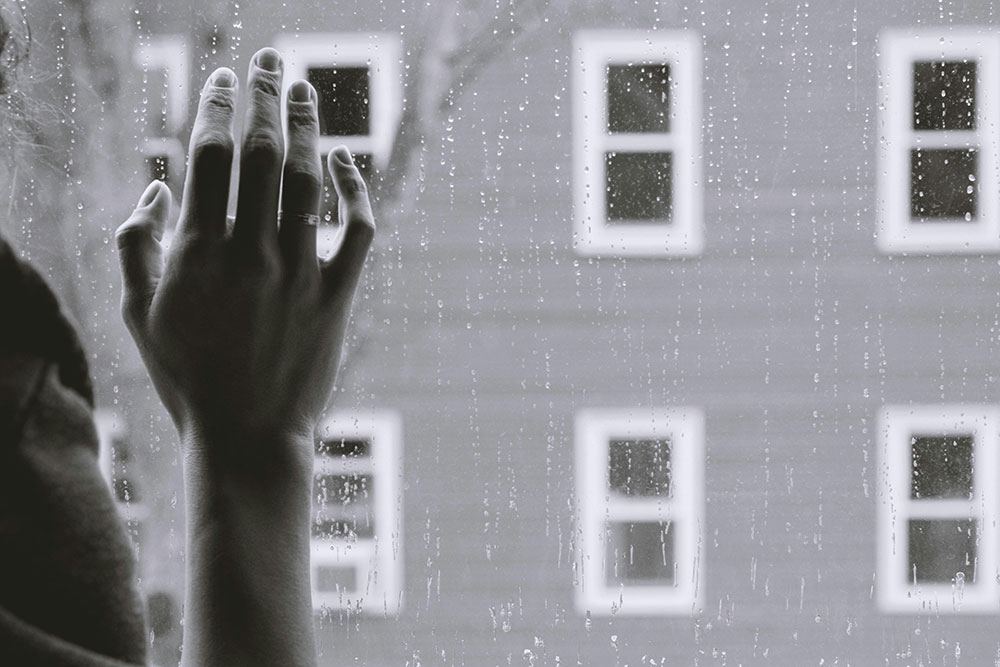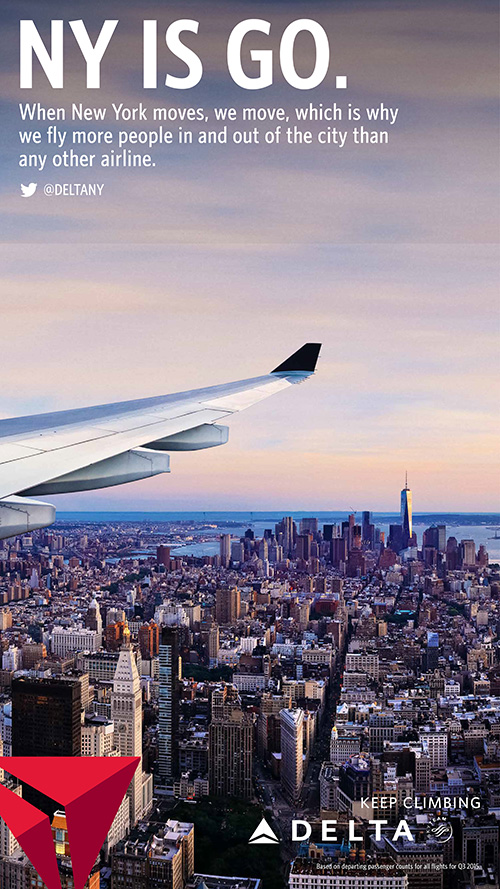Loneliness often hides in plain sight, masked by busy schedules and quiet evenings. While many think of it as a private struggle, the impact stretches much farther. Loneliness shapes lives as well as spending, growth, and budgets across society. It drives real, measurable costs for governments, employers, health systems, and communities.
Far from being a mere personal hurdle, isolation casts a wide net, raising expenses in healthcare, weakening the workforce, and increasing strain on public services. All these ripple effects add up to a substantial burden, which society pays repeatedly, year after year.
The economic costs of loneliness surface in blocked hospital beds, stalled job performance, and the slow decline of local businesses. Older adults, remote workers, single parents, and even teens add to the numbers, quietly moving the needle on costs most never see. Understanding these hidden expenses can help shape smarter policy, better business practices, and healthier communities.
Understanding the Health and Productivity Toll of Loneliness
Loneliness sets off a domino effect in human health. It begins with invisible discomfort, moving slowly into nagging ailments and, at times, severe disease. Doctors have noted that lonely people tend to skip regular care but show up in emergency rooms more often. The cost starts with medical bills, but doesn’t stop there.
On the job, isolation chips away at focus and motivation. Workers who feel cut off struggle to meet deadlines, call in sick more often, and get less done even when present. Over time, these setbacks combine to drag down overall output, weighing on both businesses and the wider economy. When health suffers, so does productivity, placing hidden costs on employers and their staff.
Research links loneliness with rising rates of heart disease, diabetes, stroke, and even cognitive decline. Mental health conditions like depression or anxiety often walk hand in hand with physical ailments.
Lonely individuals can experience a weakened immune response, linger longer in hospitals, and revisit the doctor more frequently. These visits pile up, stretching the budgets of families, insurers, and governments alike. People living alone or with few connections often miss out on early intervention. Instead, their conditions go unnoticed until they become emergencies.
Hospital stays grow longer and more costly. Prescriptions increase in both number and price. Some estimate that social isolation drives up annual healthcare spending by billions, most of it paid through public programs like Medicare and Medicaid.
The business world often measures output in hard numbers, but hidden wounds linger in staff performance. Loneliness leads to absenteeism when employees call out of work due to health issues sparked by isolation.
There’s also presenteeism, when workers physically show up but remain disengaged, distracted, or fatigued. This silent struggle chips away at performance. Projects take longer. Mistakes increase. Morale slips, sometimes spreading to others.
Over months and years, even small dips in productivity add up. Lost wages, lower profits, and missed opportunities cost companies more than many imagine. It is a personal issue for the isolated worker that becomes a shared burden that affects colleagues, teams, and entire industries.
The Broader Economic and Social Consequences of Widespread Isolation
When loneliness becomes common, its effects echo through city halls, police stations, and social service offices. Public programs must stretch to meet rising demand. Longer waits and increased spending on emergency intervention become the new normal.
The costs reach beyond individuals, draining funds set aside for schools, parks, and economic development. Isolation pulls at the threads that hold communities together. Local engagement drops, volunteering slows, and businesses lose regular customers.
As these ties weaken, neighborhoods grow less vibrant and more unstable. Over time, the effects catch up to everyone, from small business owners to policymakers trying to balance strained budgets.
“When people face isolation, their needs often show up at the doors of social agencies,” says Roger Farahmand, a successful entrepreneur and life coach who is known for his advocacy and contributions to improving mental health care. “Helplines see higher call volumes. Emergency services respond to more crises involving mental health or self-neglect. For older adults, loneliness can speed up entry into expensive long-term care. These shifts grow the load on programs funded by taxpayers.”
Costs add up in unexpected ways. Meals-on-wheels programs expand, not just to provide food, but to check on someone’s well-being. Public health campaigns target loneliness to prevent repeat hospital visits. Law enforcement may intervene to provide welfare checks. Each service adds a line to the bill society pays, one that rises as isolation spreads.
Social programs act as lifelines, but they struggle to keep up with growing demand. Budget shortfalls limit how many people can get the support they need. Staff burnout follows, lowering quality and making it even harder to break the cycle of loneliness and dependency. These challenges put long-term pressure on the social safety net, sometimes requiring cuts to other essential areas.
Communities thrive on connections. Civic action, volunteering, and shopping locally keep the fabric of towns and cities strong. When people feel isolated, these patterns fade. Fewer people run for office, attend meetings, or take part in events. Small business owners notice fewer repeat customers. Local charities receive fewer donations and see participation fall.
Isolation dampens the sense of shared responsibility. Without strong networks, communities are less able to respond to challenges, from storms to economic slumps. Lower engagement means less innovation, slower growth, and a drop in trust between neighbors.
Areas with higher loneliness often experience more crime and declining property values, both of which increase public costs. Businesses lose out on new ideas and loyal workers, while cities invest more time and money into rebuilding broken ties.
These changes may seem slow at first, but their effect compounds. Once communities lose momentum, it can take years to rebuild lost trust and shared purpose. In the meantime, the economic toll continues to grow.
The economic cost of loneliness stretches far beyond the individual. Society covers the tab in many ways, including higher hospital bills, drops in worker productivity, and increased demand for social services. When isolation spreads, public budgets strain, and local economies slow. Neighborhood ties suffer, leaving cities and towns less resilient. These are not distant threats, but real, recurring costs paid by employers, taxpayers, and communities. While loneliness may start as a quiet burden, its widespread impact grows louder each year. Recognizing the problem is the first step.
Addressing loneliness with thoughtful action will improve lives while closing the costly gaps it leaves behind. As society looks ahead, tackling isolation should rank alongside the most pressing economic and social challenges of our time.






